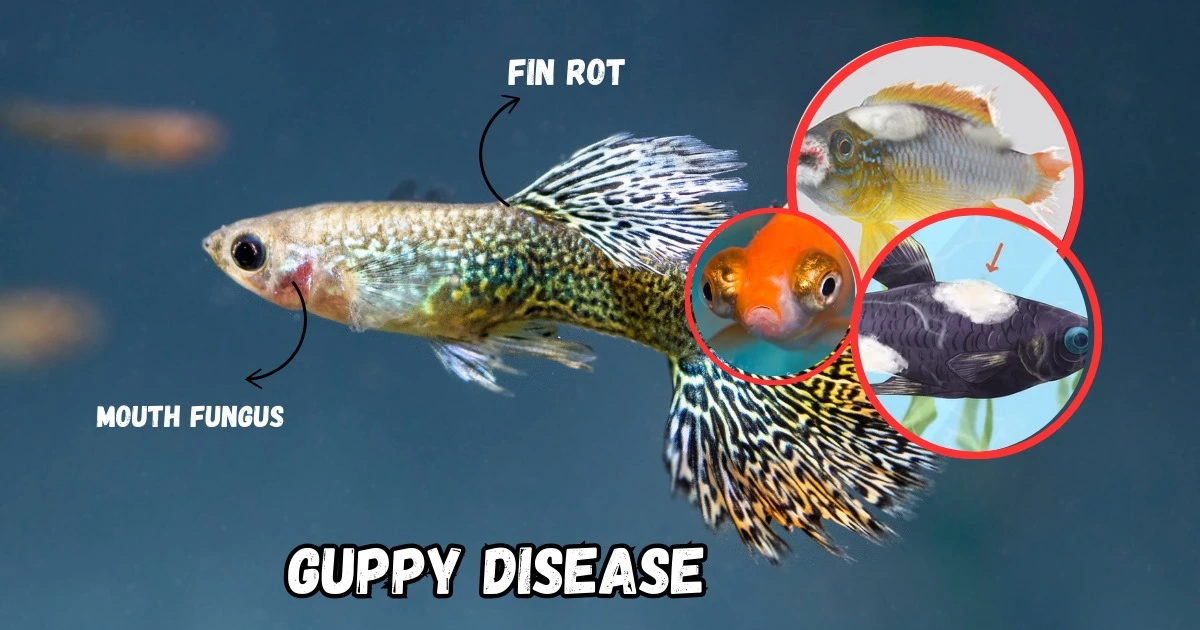Guppies are one of the most popular and colorful fish in home aquariums, known for their lively behavior and relatively easy care. However, like any pet, guppies can sometimes get sick, facing a range of diseases that can affect their health and well-being. Understanding the common diseases that affect guppies, along with how to treat and prevent them, is essential for keeping your guppies happy and healthy. In this guide, we’ll explore the various diseases that guppies may encounter, the symptoms to look out for, and effective treatment options to help your guppies thrive.
Guppy Diseases and Treatment
Guppies are one of the most popular fish for home aquariums. They are colorful, active and generally easy to care for, making them a favorite for both beginners and experienced fish keepers. However, like all living creatures, guppies can get sick. In this guide, I’ll walk you through common guppy diseases, how to spot them, and what you can do to treat them.
Related reading: Signs of a Guppy in Labor
1. Ich (White Spot Disease)
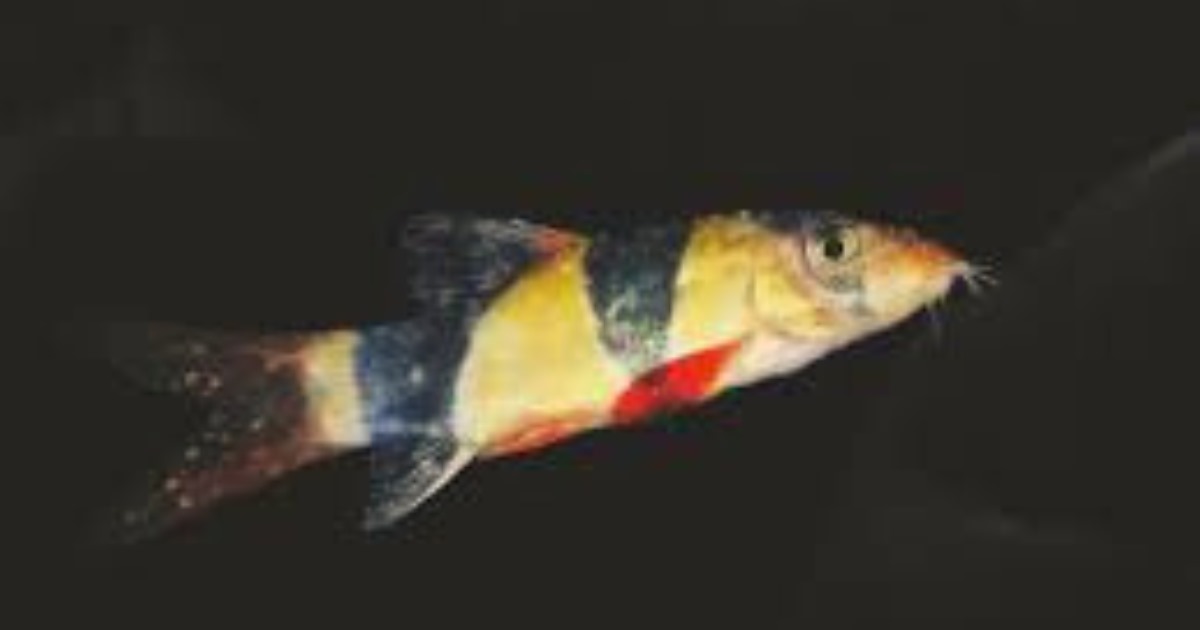
Symptoms:
Ich is characterized by small white spots that appear on the fish’s body, fins, and gills. Affected fish may also rub against objects in the tank, appear lethargic, and have difficulty breathing.
Causes:
This disease is caused by a protozoan parasite called Ichthyophthirius multifiliis. Stress, sudden changes in water temperature, and poor water quality can make fish more susceptible to Ich.
Treatment:
- Raise the water temperature gradually to around 82°F (28°C).
- Use a commercial Ich treatment, following the instructions carefully.
- Keep treating the tank for a few days after the spots disappear to ensure all parasites are eradicated.
2. Fin Rot
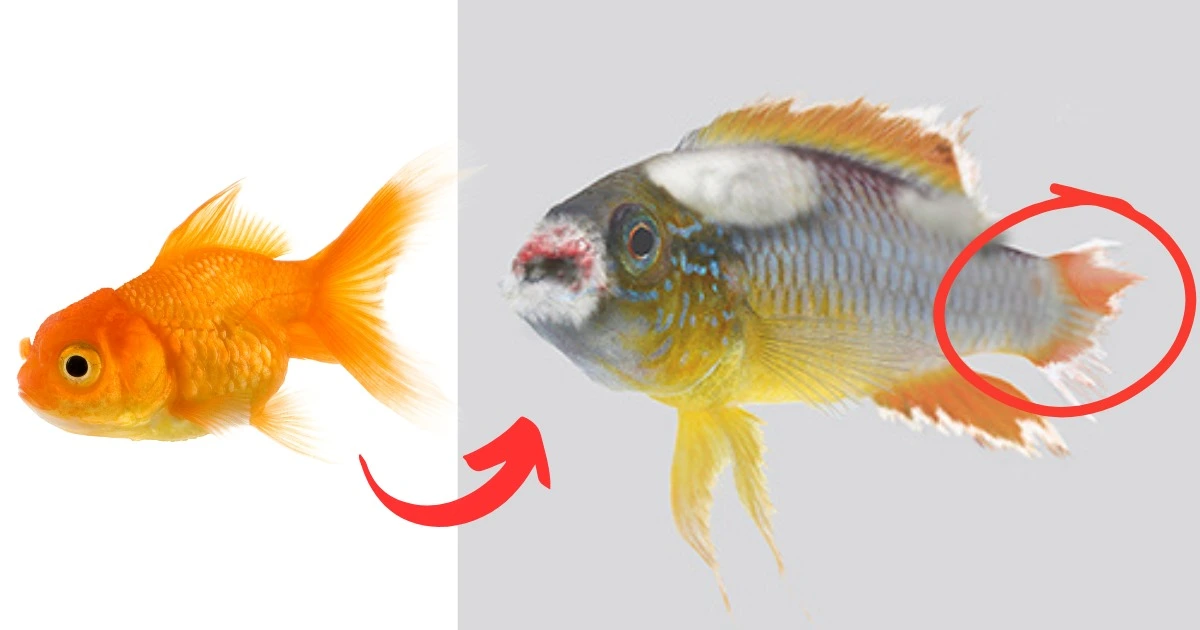
Symptoms:
Fin rot causes the edges of the fins to become ragged, frayed, or discolored. The fins may look shorter or torn.
Causes:
Fin rot is typically caused by bacterial infections, which thrive in poor water conditions, overcrowding, or when fish are stressed.
Treatment:
- Improve water quality by performing partial water changes.
- Use an antibacterial treatment available at pet stores.
- Adding a small amount of aquarium salt can aid in healing.
3. Swim Bladder Disease
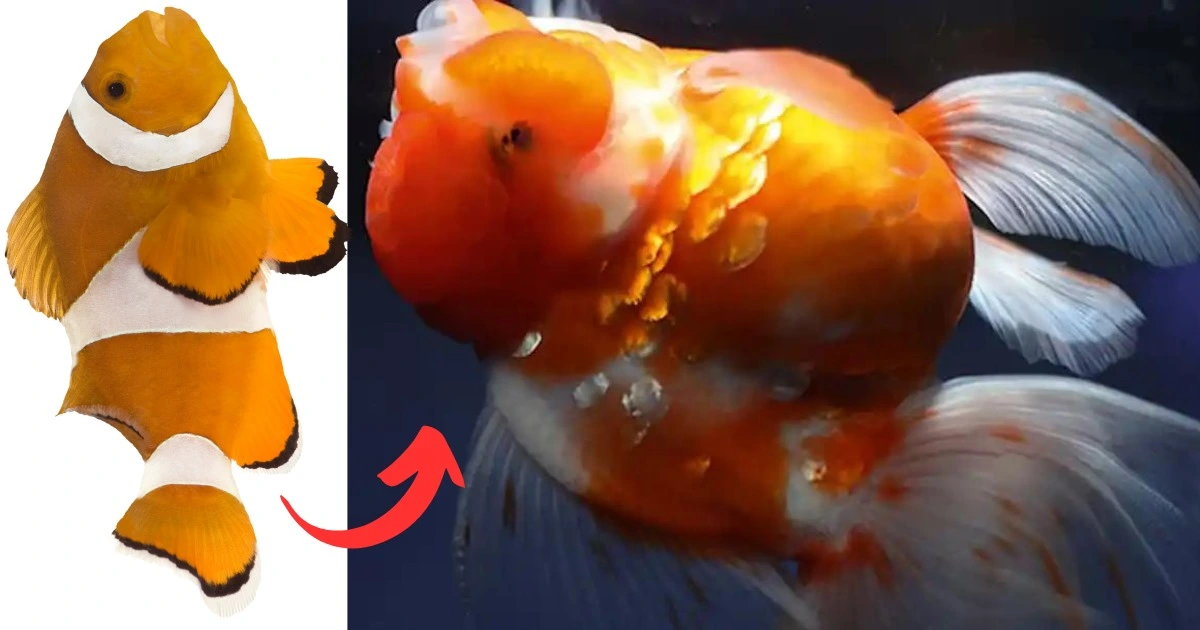
Symptoms:
Fish with swim bladder disease have difficulty swimming upright, may float on their sides or upside down, and struggle to maintain their position in the water.
Causes:
This condition is often caused by overfeeding, constipation, or physical injuries. Poor water quality can also contribute.
Treatment:
- Stop feeding the fish for 24–48 hours.
- Feed the fish a peeled, cooked pea to help relieve constipation.
- Maintain clean water and consider adding aquarium salt to reduce swelling.
4. Dropsy
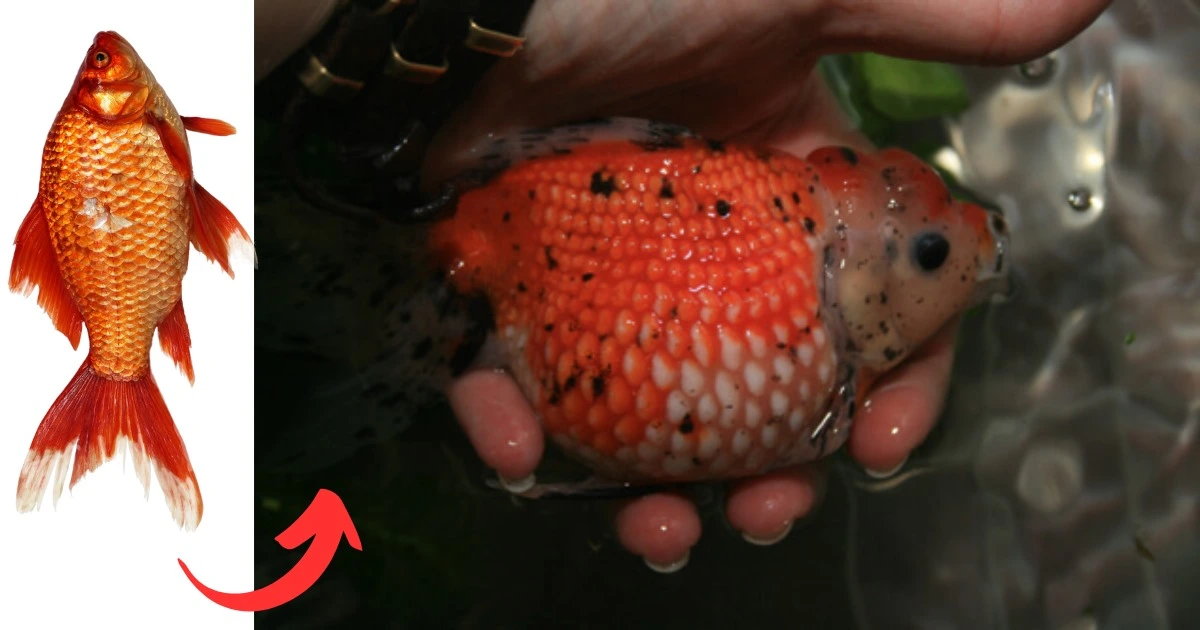
Symptoms:
Dropsy causes a fish’s abdomen to swell, and their scales may stick out, giving a pinecone-like appearance. Affected fish often become lethargic and float near the surface.
Causes:
Dropsy is usually caused by a bacterial infection that leads to fluid retention. It often results from poor water quality or stress.
Treatment:
- Isolate the affected fish in a quarantine tank.
- Treat with a broad-spectrum antibiotic.
- Ensure excellent water quality in the main tank to prevent further cases.
5. Velvet Disease (Oodinium)
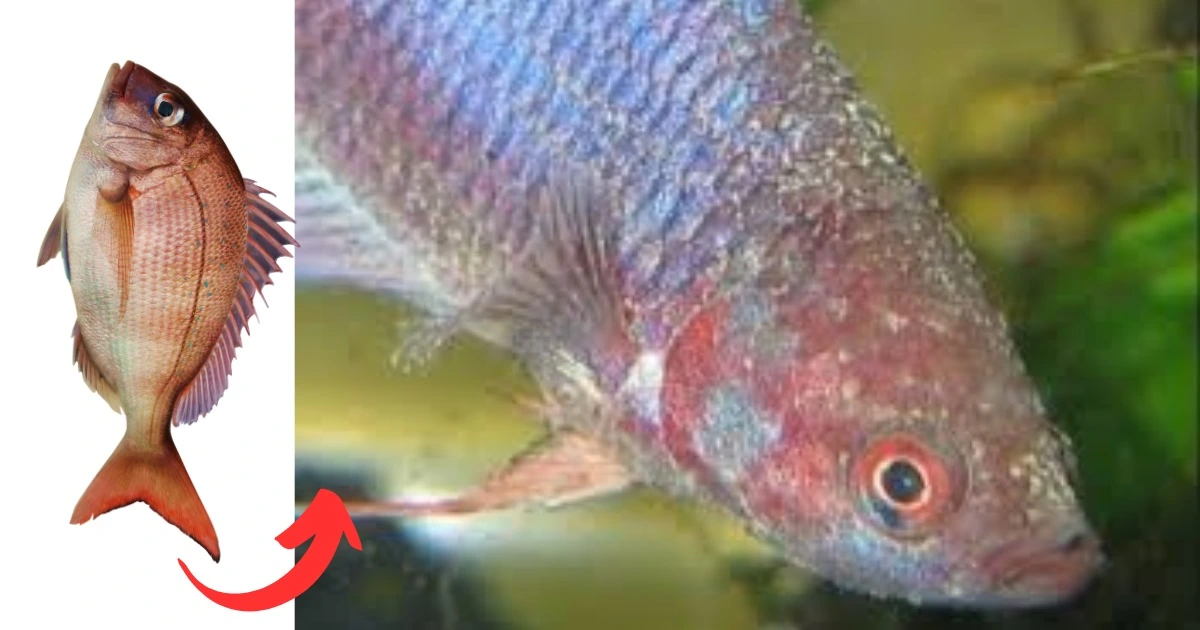
Symptoms:
Velvet disease appears as a fine, dusty, gold or rust-colored coating on the fish’s body. Fish may also scratch against objects, have clamped fins, and breathe rapidly.
Causes:
Velvet disease is caused by a parasite called Oodinium, which thrives in poor water conditions and low temperatures.
Treatment:
- Slightly increase the water temperature.
- Dim the tank lights to limit the parasite’s energy source.
- Use a copper-based medication to treat the water.
6. Columnaris (Cotton Mouth)
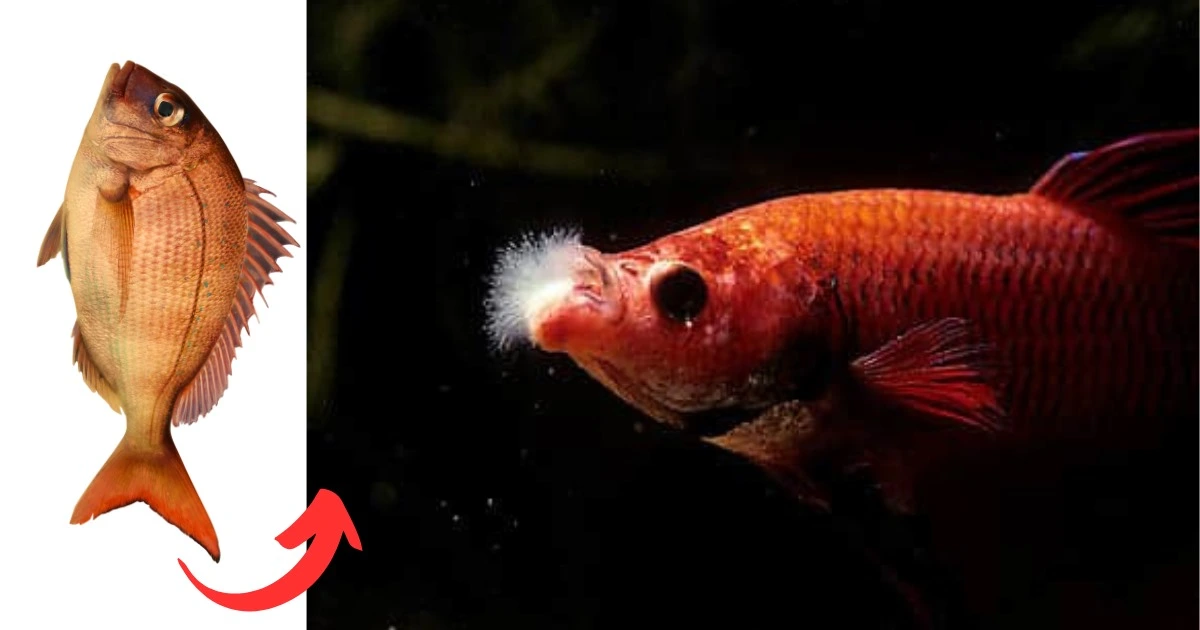
Symptoms:
This bacterial infection causes cotton-like growths around the mouth, white or gray spots on the body, ulcers, and frayed fins.
Causes:
Columnaris is usually triggered by poor water quality, overcrowding, or stress.
Treatment:
- Isolate the infected fish.
- Treat with a broad-spectrum antibiotic.
- Improve tank conditions by cleaning and maintaining proper water parameters.
7.Gill flukes
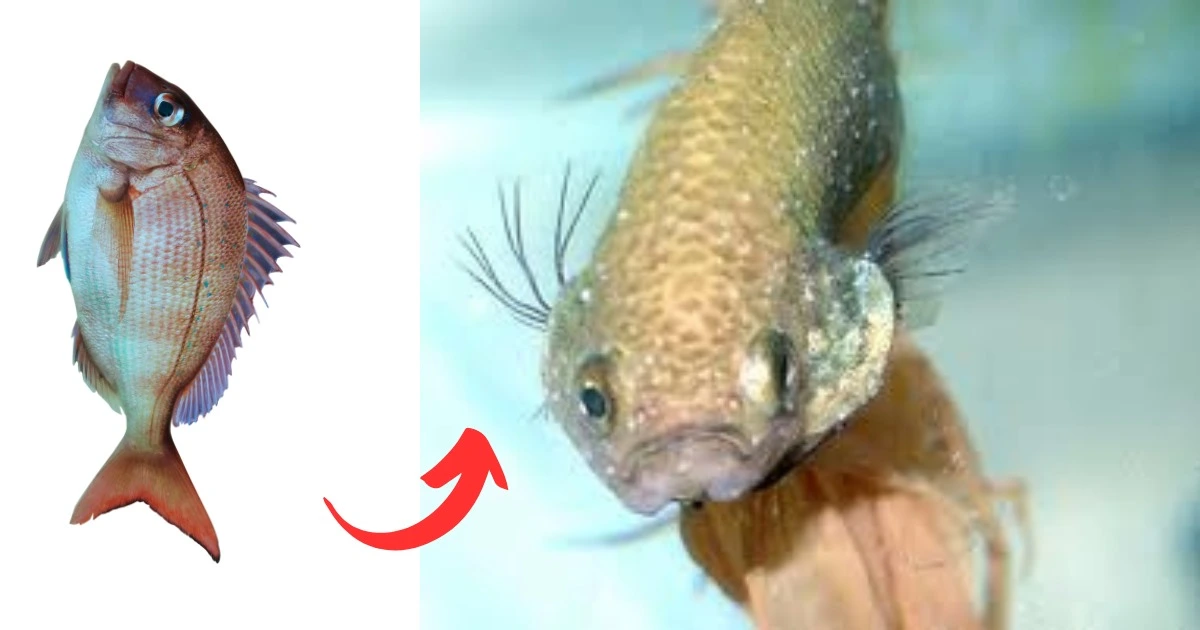
Symptoms:
Fish with gill flukes may show signs of rapid breathing, gill discoloration, and may rub against objects in the tank.
Causes:
Gill flukes are caused by parasitic flatworms that attach to the fish’s gills, often due to poor water quality or introducing infected fish.
Treatment:
- Use a commercial anti-parasitic medication.
- Improve water quality by performing regular water changes.
- Quarantine new fish before adding them to the main tank.
8. Tail/Fin Rot
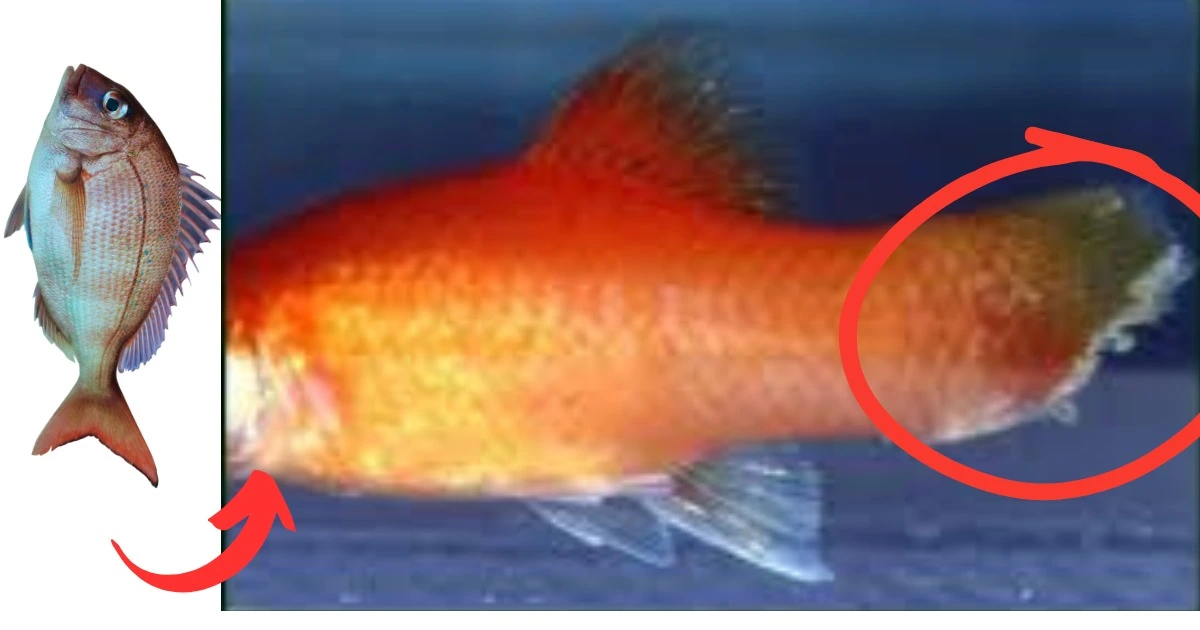
Symptoms:
Tail or fin rot causes the fins to appear frayed, with edges that may be discolored, often white or red.
Causes:
Tail or fin rot is typically caused by bacterial infections, often resulting from poor water conditions, injuries, or stress.
Treatment:
- Perform partial water changes to improve water quality.
- Treat with an antibacterial medication.
- Adding aquarium salt to the tank can promote healing.
9. Mouth Fungus
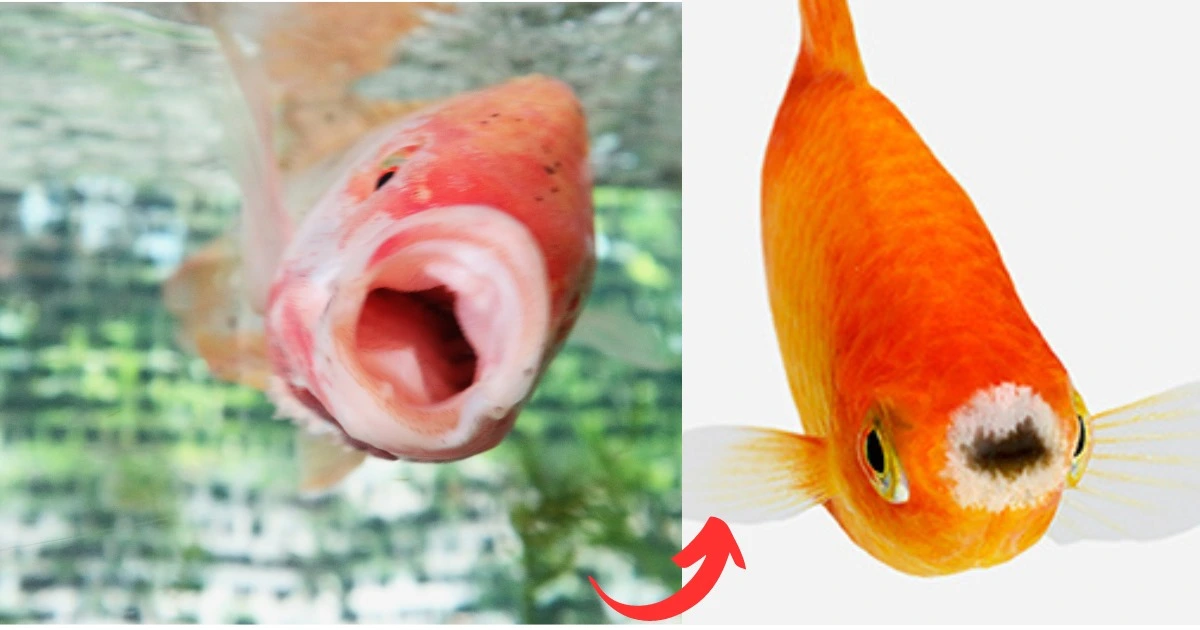
Symptoms:
Mouth fungus appears as white, cottony growths around the fish’s mouth, often leading to reduced appetite and breathing difficulties.
Causes:
This condition is caused by a bacterial infection, typically resulting from poor water quality or injuries.
Treatment:
- Use an antibacterial medication designed for mouth fungus.
- Maintain clean water through regular tank maintenance.
10. Popeye
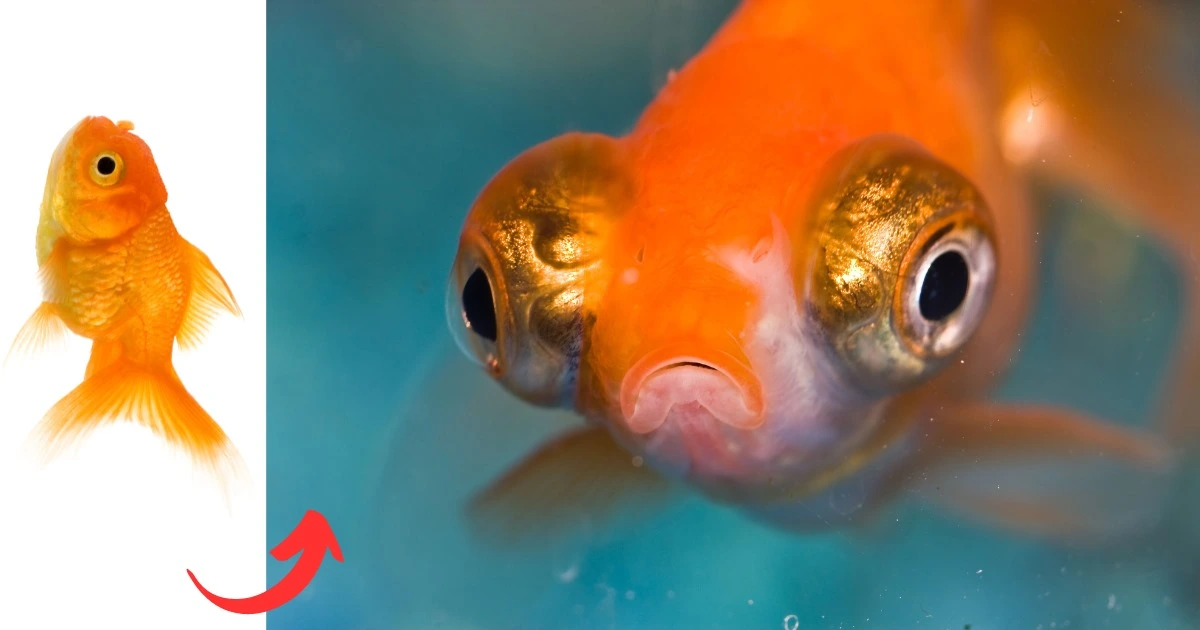
Symptoms:
Popeye causes the fish’s eyes to swell and protrude abnormally. The eyes may also appear cloudy or discolored.
Causes:
Popeye is usually a symptom of an underlying infection, often bacterial, resulting from poor water quality or physical injury.
Treatment:
- Improve water quality by performing regular water changes.
- Treat with a broad-spectrum antibiotic.
- Consider adding aquarium salt to reduce swelling.
11. Tuberculosis
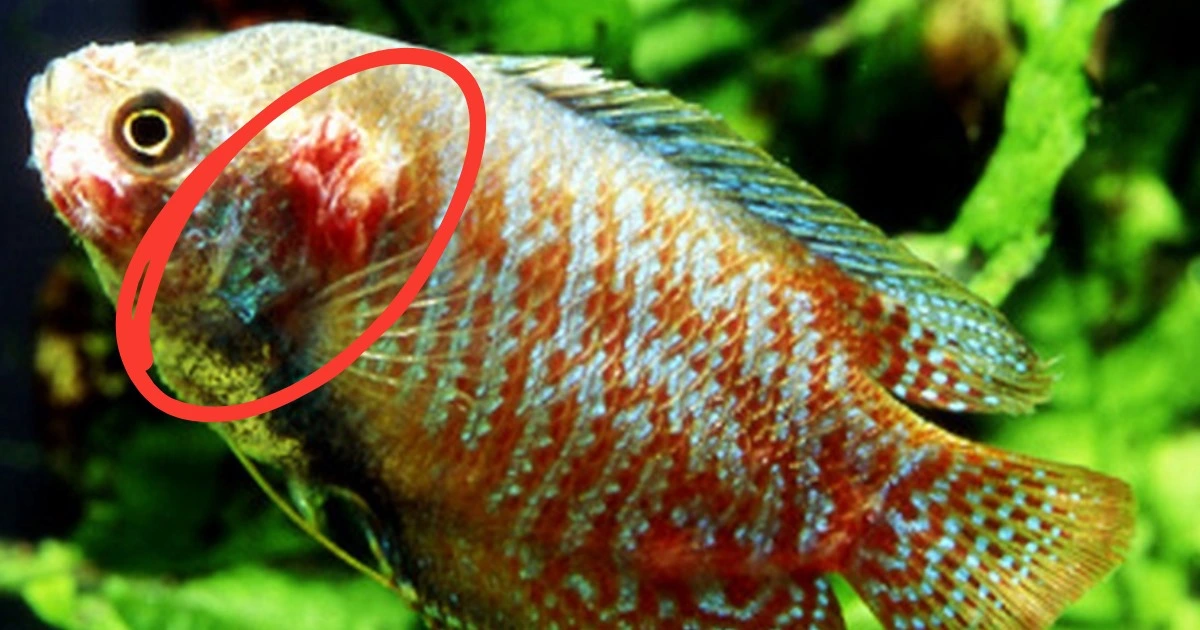
Symptoms:
Fish tuberculosis can cause weight loss, ulcers, skeletal deformities, and a curved spine. Affected fish may also become lethargic.
Causes:
This disease is caused by Mycobacterium bacteria, often linked to poor water conditions and stress.
Treatment:
- Remove and isolate affected fish immediately.
- There is no effective cure; euthanasia may be the most humane option.
- Maintain excellent water quality to prevent the disease from spreading.
12. Internal Parasites
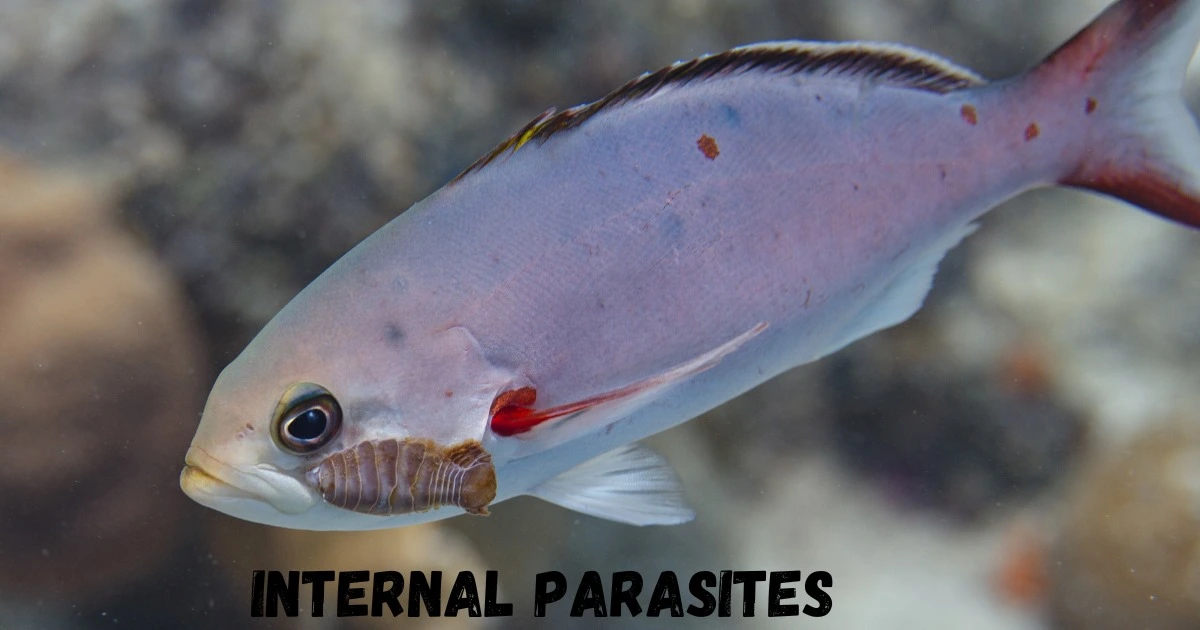
Symptoms:
Internal parasites can cause weight loss, bloating, and stringy white feces. Infected fish may also have reduced appetite.
Causes:
Internal parasites are often introduced through contaminated food or new fish that have not been quarantined.
Treatment:
- Use a medication specifically designed to eliminate internal parasites.
- Quarantine new fish before adding them to the main tank.
- Ensure proper hygiene and food quality in the tank.
13. Fungal Infections
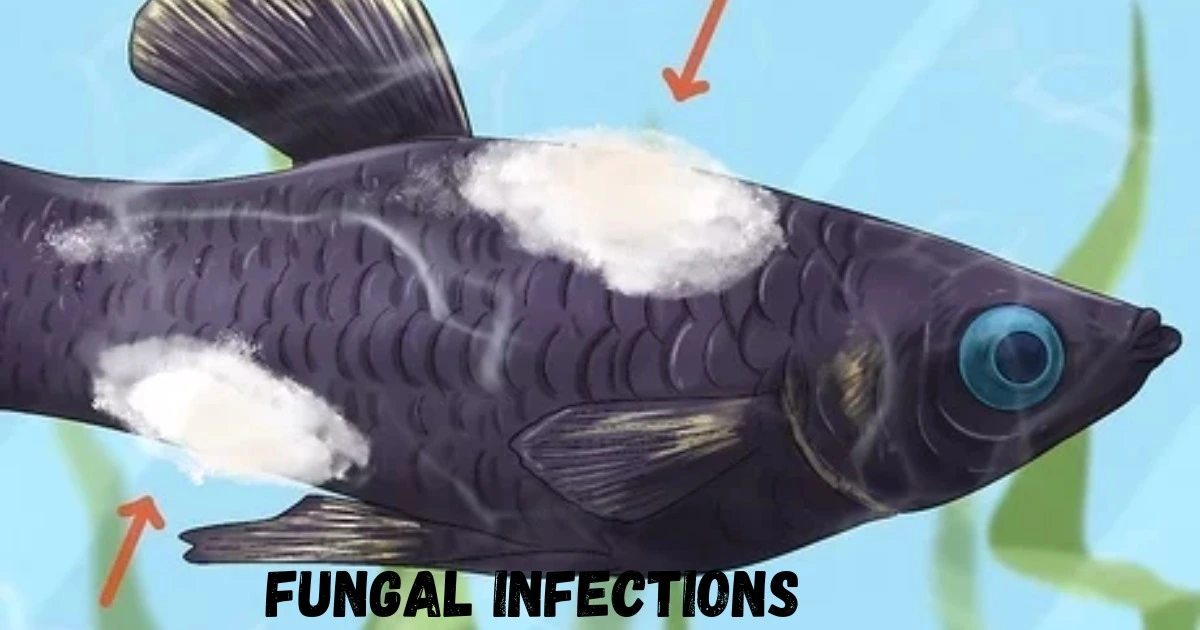
Symptoms:
Fungal infections typically present as white, cottony growths on the fish’s body, fins, or gills. Fish may also become lethargic.
Causes:
Fungal infections usually occur when fish are already weakened by stress, injuries, or poor water quality.
Treatment:
- Isolate the infected fish in a separate tank.
- Treat with an anti-fungal medication available at pet stores.
- Improve water conditions and reduce stress in the main tank.
Preventing Guppy Diseases
Prevention is always better than cure. Here are some key steps to keep your guppies healthy:
- Maintain Clean Water: Regularly change the water and use a good filtration system to keep the tank clean.
- Quarantine New Fish: Always quarantine new fish for at least two weeks before introducing them to the main tank.
- Avoid Overcrowding: Ensure the tank is spacious enough for the number of guppies you have.
- Provide a Balanced Diet: Feed your guppies a varied diet to boost their immune system.
- Reduce Stress: Keep the tank environment stable, avoid sudden changes in temperature, and provide hiding spots.
By following these steps, you can help ensure your guppies live a long and healthy life. If you notice any signs of disease, act quickly to diagnose and treat the problem to prevent it from spreading to other fish in your tank.
Conclusion:
Taking care of guppies involves more than just feeding them and keeping their tank clean. Being aware of the potential diseases that can affect your guppies and knowing how to prevent and treat them is crucial for maintaining a healthy and vibrant aquarium. By paying attention to the symptoms, providing prompt treatment, and ensuring a clean, stress-free environment, you can help your guppies live long and happy lives. Remember, prevention is always better than cure, so regular tank maintenance and good fishkeeping practices will go a long way in keeping your guppies disease-free. With the right care, your guppies will continue to brighten up your home with their beauty and energy.
